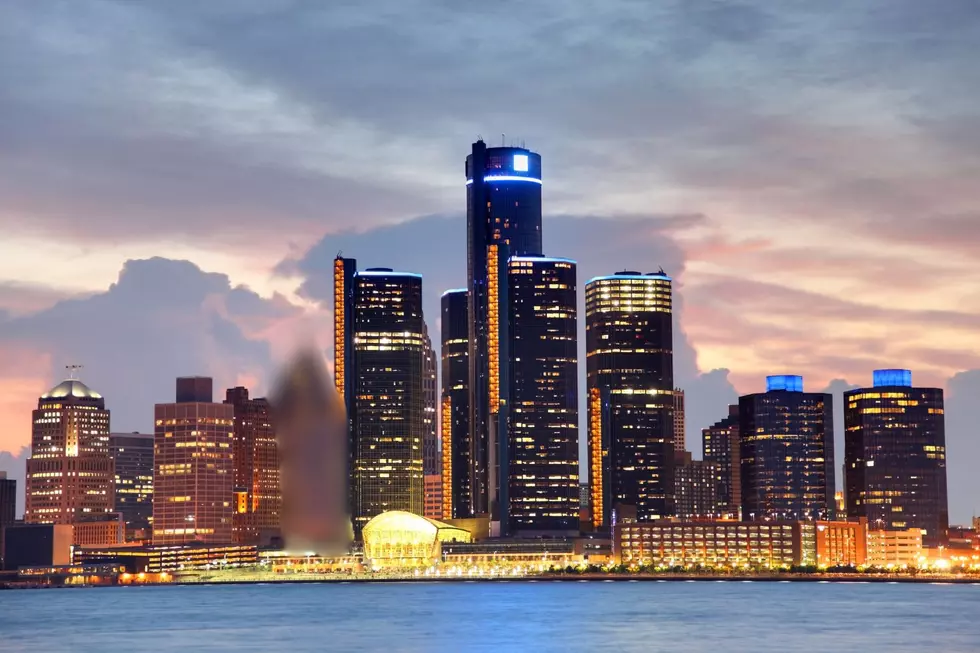
Watch Out For The Potholes. Spring Has Sprung On The I-94 Ramp To 131 In Kalamazoo
Michigan drivers are experiencing potholes on the roads that are causing damage to their cars.
WWMT.com is reporting that several vehicles are being damaged by potholes due to the spring like weather Michigan is going through.
"Drivers assessed flat tires and other vehicle damage after hitting that pothole on the westbound I-94 ramp headed towards northbound 131."
The good news is that road crews have filled the pothole.
But why to potholes happen?
According to MDOT.com here is why Michigan has such fierce potholes...
"Potholes occur when snow and ice melt as part of Michigan's seasonal freeze-thaw cycles. The resulting water then seeps beneath the pavement through cracks caused by the wear and tear of traffic. As the temperatures cool to freezing at night, the water becomes ice and expands below the pavement, forcing the pavement to rise. As the weight of traffic continues to pound on this raised section – and the temperatures once again rise above freezing – a shallow divot occurs under the surface and the pavement breaks, forming a pothole. A pothole is typically fixed by cleaning out the loose debris and filling it with hot and cold asphalt patch."
What to do if you if you get a flat tire?
Bridgestonetire.com explains how to change a tire...
- Find a safe location to pull over.
- Turn on your hazard lights.
- Apply the parking brake.
- Apply wheel wedges (bricks or rocks will work just as well).
- remove the hubcap or wheel cover.
- Loosen the lug nuts.
- Place the jack under the vehicle (follow your owners manual on where to place the jack).
- Raise the vehicle with the jack.
- Unscrew the lug nuts.
- Remove the flat tire.
- Mount the spare tire on the lug bolts.
- Lower the vehicle a tad.
- Tighten the lung nuts again.
- Lower the vehicle completely
- Put the hubcap back on.
- Check the pressure in the spare tire.
- Put equipment away.
- Take your vehicle to the shop (remember spare tires are not made to drive long distances).
Or....
- Find a safe location.
- Turn on your hazard lights.
- Call for a tow.
- Wait.
More From WKFR









